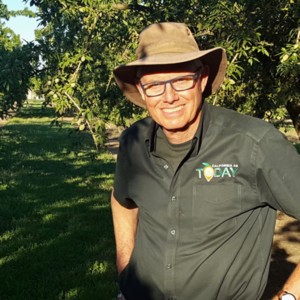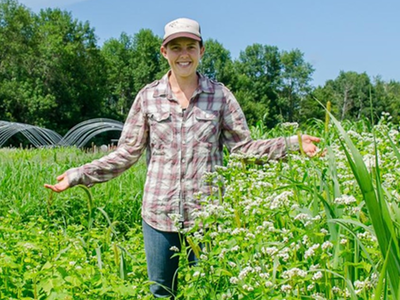Trying to Perfect Mating Disruption Using Sterile Insect Technology (SIT)
Trying to make sterile insect technology work as a tool to control navel orange worm on tree nut crops. It's the number one pest. Houston Wilson is a University of Riverside Entomologist based at the Kearney agricultural research and extension center in Parlier Southeast of Fresno.“These are incremental programs,” said Wilson. “You look at sterile insect technology (SIT) programs around the world and, programs with moths in particular, and it's a multi-year, if not multi-decade process to get to a fine tuned operational program.”
“We've been in communication with other moth SIT groups around the world in some cases going to visit them and learn the intricacies of their operations and also about their history, what sort of procedures they went through to get to where they are today,” noted Wilson. “So there's a big learning process.”
“There's what we can do in isolation. But in the past year we've been making big strides to build relationships with these other groups in order to foster more collaboration in order to avoid making mistakes that other groups may have made in the past,” he said.
And of course a big goal is to get funding so the industry can work with these sterile Moths. So any meeting will be unproductive still. It's not a silver bullet.
"This is just one tool that we want to add into the existing IPM toolkit. And so that's a message I'm trying to drive home with everybody. This is not an eradication program. This is not the exclusion of mating disruption, or sanitation. You know, there may be other ways to go about developing a program for sterile moths," he said.

















